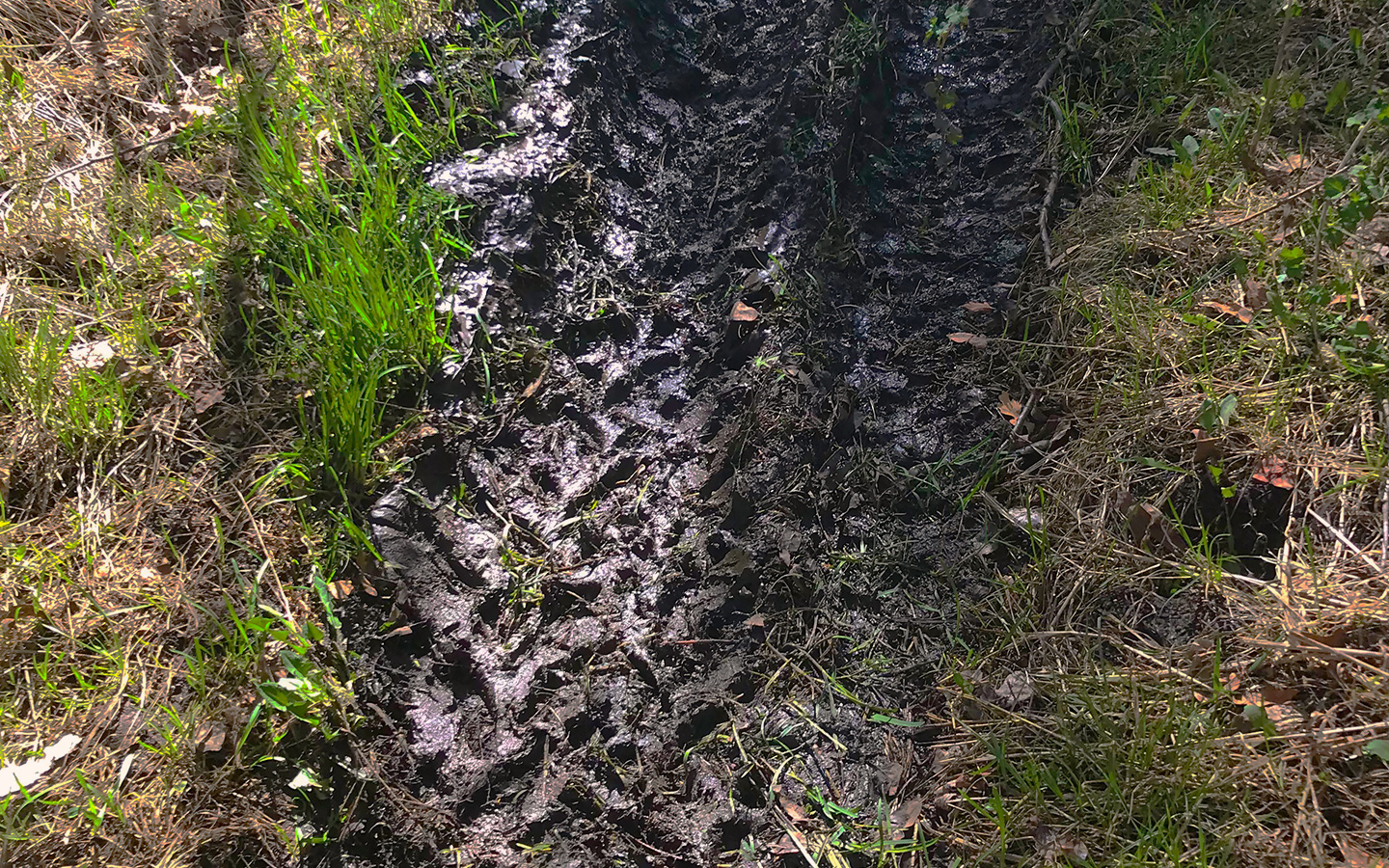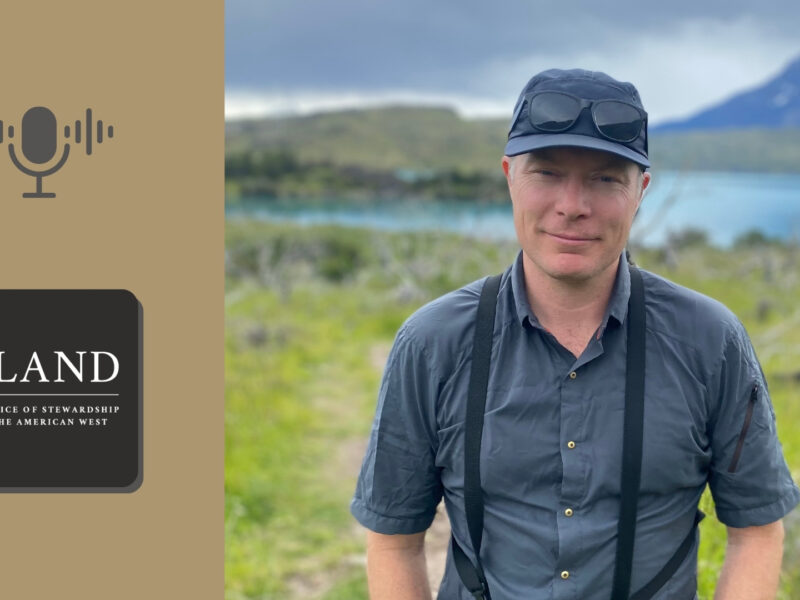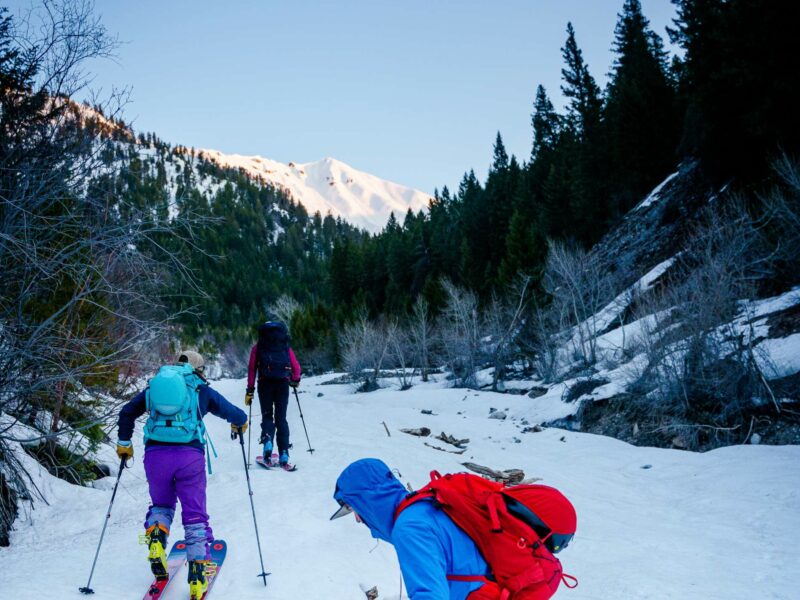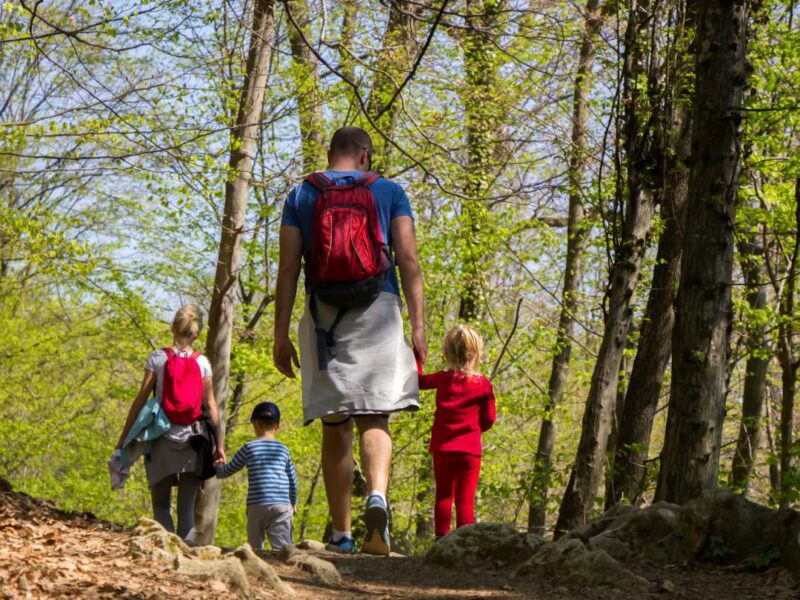Time to talk about regenerative recreation
As a child, I used to sit on lazy summer afternoons by a little pond on national forest land near my family’s home. Save for the buzzing of an occasional bee or fly, the wind in the treetops and the sound of birds, it was pretty quiet. Today, it is like an interstate highway. Few minutes ever pass without an ATV, SUV or pickup motoring past on the small dirt road. The dust seldom has a chance to settle.
In this same place, there is a little creek running several miles along the bottom of a steep canyon. In the heat of summer, it is one of the few water sources in the area. For more than two miles from the mouth of the canyon on a hot summer day, campers are packed in along the entire length of the stream. It used to be that each day we would see turkeys, deer and other wildlife coming down to the stream in the early evenings, or heading up away from it in the early mornings, but that is impossible for the wildlife now.
Most of us already know what studies now show: getting outdoors is good for us. It’s also good for business. Outdoor recreation today supports a thriving industry, generating $887 billion per year in the U.S. Even state governments are getting in the game by opening offices of outdoor recreation and stepping up eco-tourism investments. Between the health benefits, recreational pleasure and economics of outdoor recreation, pressure is on to open more and more places to public access.
The recent passage of the Great American Outdoors Act hopefully will help us better maintain the vast public estate already at our disposal. We have cause to celebrate this bipartisan recognition that we have to do a better job of caring for the places we love. Too often throughout human history we’ve repeated a pattern: use up one place or resource and move on to the next. This public investment, however, does not obviate the need for greater personal responsibility or the fact that outdoor recreation is fast becoming another form of consumerism generating industrial scale impacts on our environment and on wildlife.
We are wiping out the last refugia left for wildlife, yet there is no talk of limits to human recreation, only talk of expansion. Even the “Leave No Trace” messaging campaigns of old have been trampled under the stampede for more and more public access. As much as we’d like to think we all take care of the places we love, a frank look at our public lands, where we frequently see trash, human waste, abandoned campfires, illegal shooting ranges and ATV ruts, particularly in high use areas, says otherwise. The fact that taxpayers are stepping up to address the maintenance backlog in national parks through this new legislation does not give us license to abuse or overwhelm our resources.
Then there is food security and human health. COVID-19 revealed the weaknesses in our food system. When grocery shelves went empty, many people turned to local farms and ranches. Yet family agriculture is on hard times and disappearing. Pressure is increasing on those that remain to supply food, fiber, energy, wildlife habitat, environmental conditions that support human health, and now recreation. In many cases, commodity production alone is not enough to meet the bottom line while supporting all of these other values. Ranching is increasingly reliant on a diversified revenue model that includes livestock grazing, ecotourism and conservation. Mounting demands for free public access to and across these ranches directly threaten their ability to stay in business. The majority of wildlife in this country depend on private lands for survival, but if these private lands are not economically viable, they’ll continue to disappear, taking the wildlife with them.
We have to recognize that conservation and recreation are not one and the same. The question needs to be asked: what are recreationalists personally giving back relative to the impacts we are generating? The concept of regenerative agriculture calls attention to the fact that our relationship with the land needs to be reciprocal. We need to give back to and revitalize the land that provides our sustenance. Maybe it is time also to start thinking about regenerative recreation?





